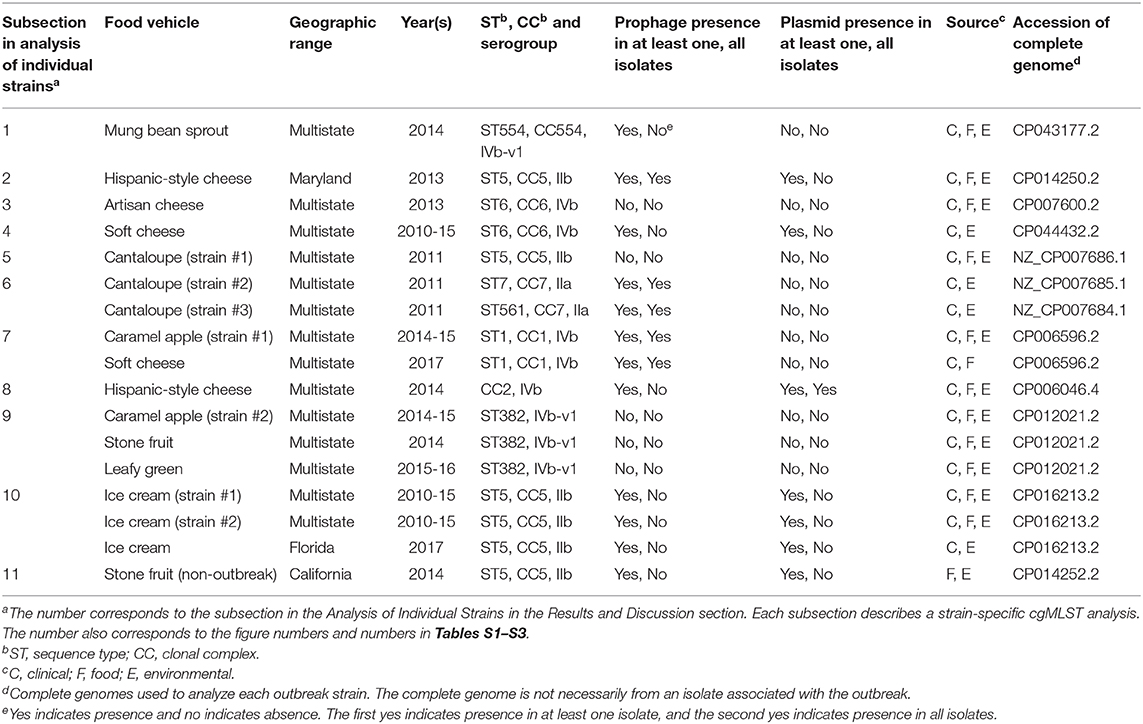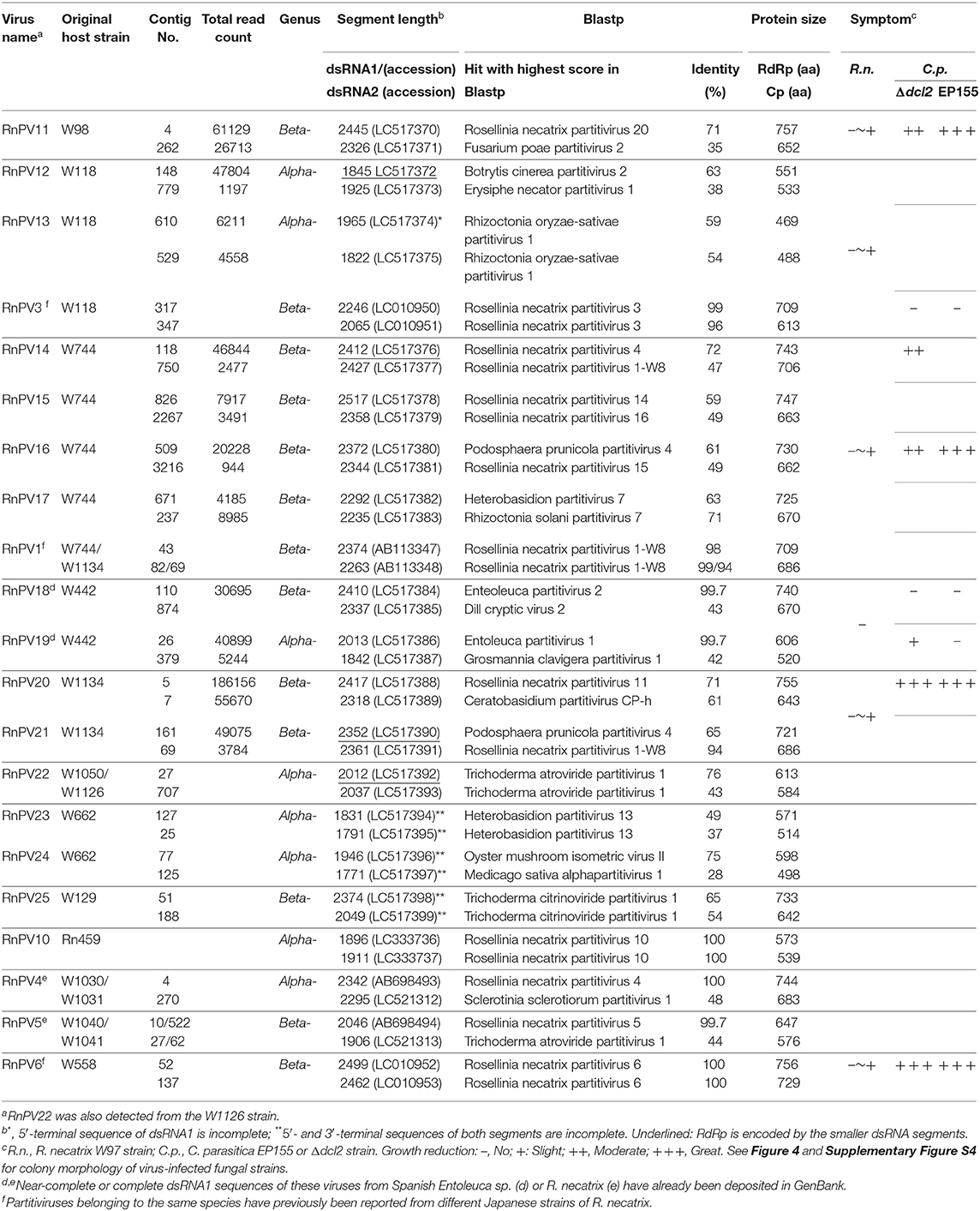

However, the huge amount of generated data explains almost nothing about the DNA without the appropriate analysis tools and algorithms. Starting from Sanger sequencing 40 years ago, more precise and rapid sequencing technologies expanded scale and resolution of various biological applications, including the detection of genome-wide single nucleotide polymorphisms (SNPs) and structural variants, quantitative analysis of transcriptome (RNA-Seq), identification of protein binding sites (ChIP-Seq), understanding methylation patterns in DNA, the assembly of new genomes or transcriptomes, determining species composition using metagenomic workflows.


However, several other aspects, emerged from our work, should be considered in the evolution of alignment research area, such as the involvement of artificial intelligence to support cloud computing and mapping to multiple genomes. In conclusion, our study could guide users in the selection of a suitable aligner based on genome and transcriptome characteristics. Segemehl and DNASTAR performed the best on both DNA-Seq data, with Segemehl particularly suitable for exome data. About Illumina paired-end osteomyelitis transcriptomics data, instead, the best performer algorithm, together with the already cited CLC, resulted Novoalign, which excelled in accuracy and saturation analyses. For Ion Torrent single-end RNA-Seq samples, the most suitable aligners were CLC and BWA-MEM, which reached the best results in terms of efficiency, accuracy, duplication rate, saturation profile and running time. As expected, we found that each tool was the best in specific conditions. The chosen tools were assessed on empirical human DNA- and RNA-Seq data, as well as on simulated datasets in human and mouse, evaluating a set of parameters previously not considered in such kind of benchmarks. However, nowadays selection of aligners based on genome characteristics is poorly studied, so our benchmarking study extended the “state of art” comparing 17 different aligners. Therefore, following the sequencing development, bioinformatics researchers have been challenged to implement alignment algorithms for next-generation sequencing reads. During the last (15) years, improved omics sequencing technologies have expanded the scale and resolution of various biological applications, generating high-throughput datasets that require carefully chosen software tools to be processed.


 0 kommentar(er)
0 kommentar(er)
